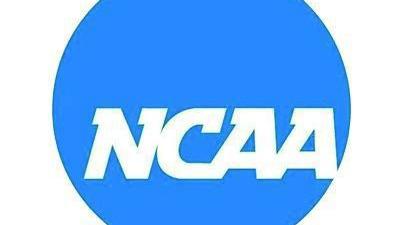The NCAA released guidelines on Friday for how college sports will transition back campuses. Its plan closely follows the Centers for Disease Control and Prevention and Trump administration’s Opening Up America Again strategy.
Once COVID-19 infection rates decrease for at least two weeks, the NCAA said “resocialization of sport may be possible.” In its plan, put together by the COVID-19 Advisory Panel, there are nine “core principles” that are a part of three phases for college sports to come back.
“The core principles outlined below are offered as a premise for resuming practice and competition at the collegiate level,” the NCAA said in a statement.
Some of the principles include that colleges must have a plan in place for students to come back, that there are adequate personal protective equipment and access to testing, there must be a surveillance program to trace and isolate new cases and more.
Phase one includes limiting gatherings to 10 people or less, keeping common areas like gyms and cafeterias closed and encouraging virtual-only meetings. Phase two includes a limit on gatherings of 50 people or more, but allows for nonessential travel to resume. After other safety benchmarks and coronavirus numbers are met, phase three allows vulnerable student-athlete to resume in-person activities, common areas open and most other restrictions are lifted.
The NCAA guidelines are all subject to federal, state and local regulations.
Since early March, all NCAA sports have been canceled, including the NCAA men’s and women’s basketball tournament.













